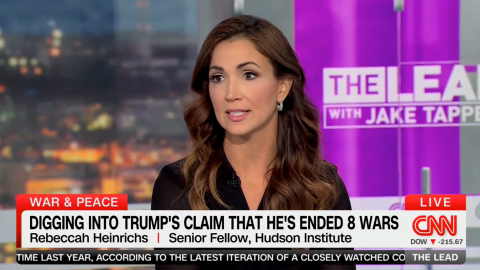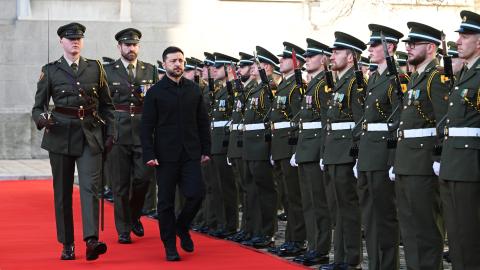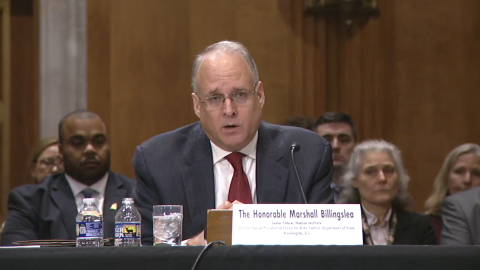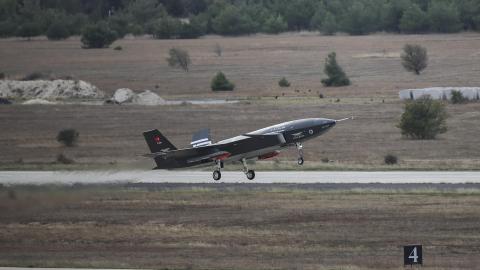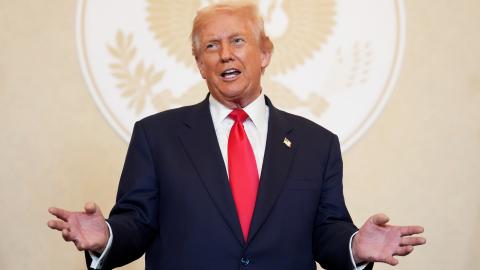
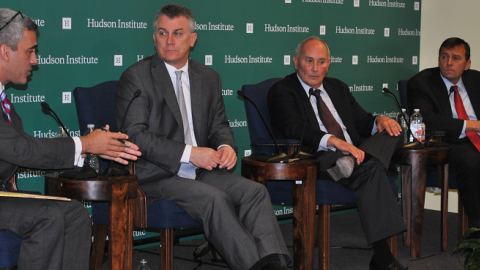
Related Events
19
December 2025
Past Event
US-Taiwan AI Cooperation and Challenges
Featured Speakers:
Jeremy Chang
Ethan Tu
Jason Hsu
Moderator:
Riley Walters

15
December 2025
Past Event
Supreme Court Weighs Liability of ISPs for Subscribers’ Copyright Infringement
Featured Speakers:
Zvi Rosen
Ben Sheffner
Jake Tracer
Moderator:
Devlin Hartline

15
December 2025
Past Event
Supreme Court Weighs Liability of ISPs for Subscribers’ Copyright Infringement
Hudson Institute’s Devlin Hartline will host copyright law experts Zvi Rosen, Ben Sheffner, and Jake Tracer for a discussion on what the Supreme Court may decide and why it matters for the creative industries.

Featured Speakers:
Zvi Rosen
Ben Sheffner
Jake Tracer
Moderator:
Devlin Hartline
12
December 2025
Past Event
Antisemitism as a National Security Threat
Featured Speakers:
Cole Bunzel
Sebastian Gorka
Adam Hadley
Derek Harvey
Ludovic Hood
Scott Jennings
Ambassador (ret.) Deborah E. Lipstadt, PhD
Park MacDougald
Congressman Brian Mast
Walter Russell Mead
Zineb Riboua
Judd Rosenblatt
Joel Scanlon
Michael Sobolik
Matt Spalding
John P. Walters
Moderators:
Michael Doran
Rebeccah L. Heinrichs
Liel Leibovitz
Aaron MacLean

12
December 2025
Past Event
Antisemitism as a National Security Threat
Hudson’s Center for Peace and Security in the Middle East will convene policymakers, experts, and private sector leaders to examine how antisemitism, both foreign and domestic, threatens American security and Western civilization.
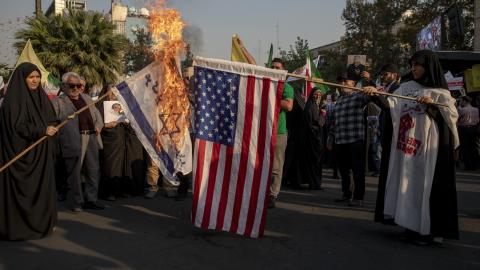
Featured Speakers:
Cole Bunzel
Sebastian Gorka
Adam Hadley
Derek Harvey
Ludovic Hood
Scott Jennings
Ambassador (ret.) Deborah E. Lipstadt, PhD
Park MacDougald
Congressman Brian Mast
Walter Russell Mead
Zineb Riboua
Judd Rosenblatt
Joel Scanlon
Michael Sobolik
Matt Spalding
John P. Walters
Moderators:
Michael Doran
Rebeccah L. Heinrichs
Liel Leibovitz
Aaron MacLean
11
December 2025
Past Event
Building US-Taiwan Defense Supply Chain Collaboration: Opportunities for Codevelopment and Coproduction
Featured Speakers:
Admiral Lee Hsi-Min
Betsy Shieh
Brandon Tseng
Rupert Hammond-Chambers
Moderator:
Jason Hsu

11
December 2025
Past Event
Building US-Taiwan Defense Supply Chain Collaboration: Opportunities for Codevelopment and Coproduction
Join Hudson for a discussion with senior defense, industry, and policy leaders on how the US and Taiwan can advance collaborative models for codevelopment, coproduction, and supply chain integration.

Featured Speakers:
Admiral Lee Hsi-Min
Betsy Shieh
Brandon Tseng
Rupert Hammond-Chambers
Moderator:
Jason Hsu

